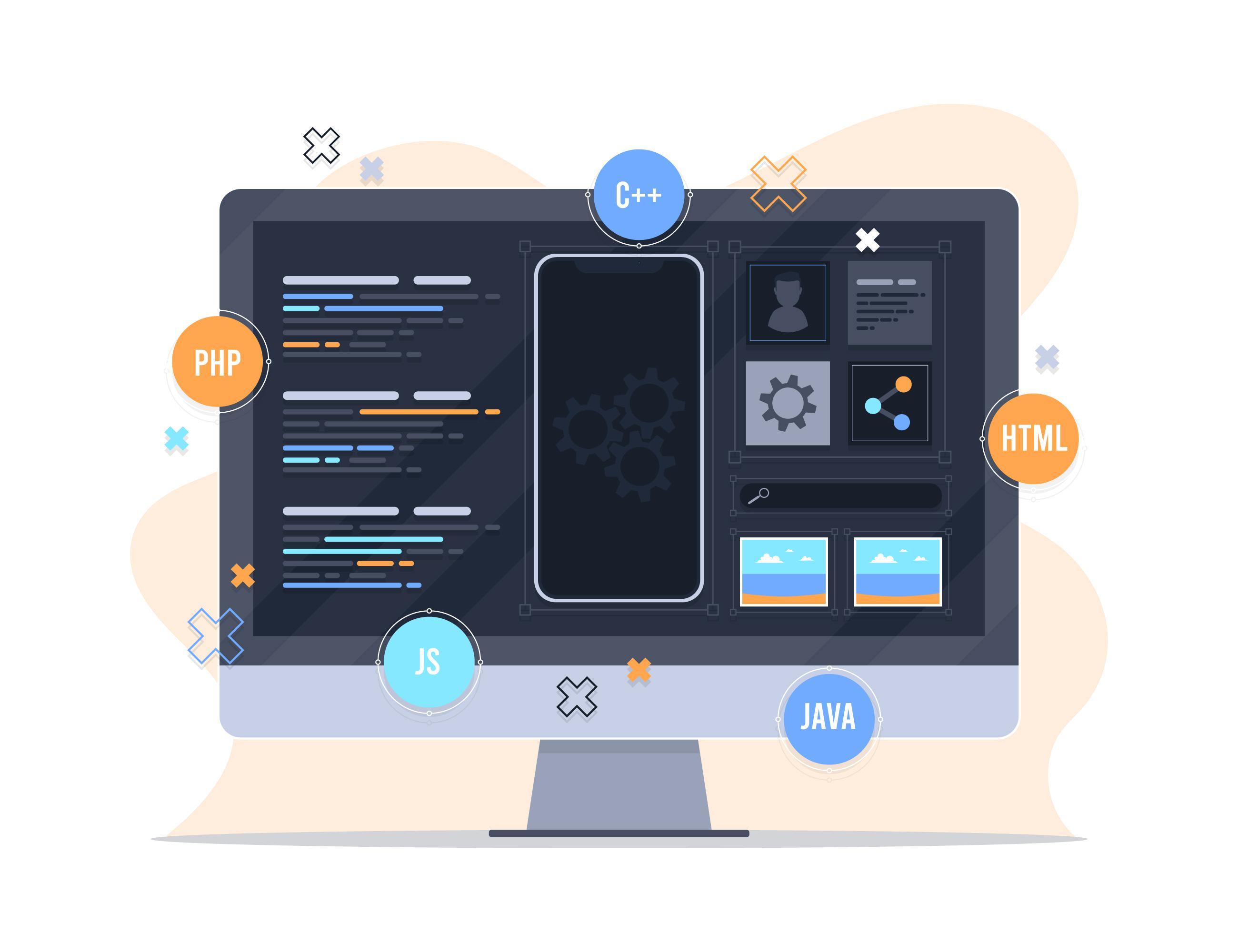How to Set Up a Content Management System (CMS) to Meet the Needs of Small Businesses
In the digital transformation era, Content Management Systems (CMS) have become a vital tool for any small business aiming to strengthen its online presence. A CMS can simplify content management and editing, helping businesses save time and resources. In this article, we will explore how to set up a customized CMS to meet the needs of small businesses, including choosing templates and plugins that support business growth.
1. Choosing the Right System
The first step in setting up a CMS is selecting the system that aligns with your business needs. Here are some popular options:
- WordPress: It is the most popular and flexible option, offering numerous templates and plugins that are ideal for small businesses.
- Wix: A great choice for beginners, offering an easy-to-use interface with pre-designed templates.
- Squarespace: Provides beautiful, simple designs, making it a good choice for brands focusing on aesthetics.
2. Customizing Templates
Once you have chosen your CMS, the next step is to customize templates to fit your brand identity:
- Choose a Suitable Template: Select a template that matches your business activities. Ensure that it is responsive, meaning it adapts to all devices.
- Modify the Design: Use the available customization tools to adjust colors, fonts, and layouts to align with your brand’s identity.
- Add Logos and Images: Add high-quality logos and images that reflect your business nature and enhance the visual appeal of your website.
3. Configuring Plugins
Plugins help add new features to your site. Here are some essential plugins for small businesses:
- SEO Plugins: Use plugins like Yoast SEO or Rank Math to improve your site's visibility in search engine results.
- Customer Relationship Management (CRM): Plugins like HubSpot or WP CRM can help track customer interactions and improve customer experience.
- Analytics Tools: Use plugins like Google Analytics to monitor your site’s performance and gather visitor data.
- Security Plugins: Make sure to install security plugins like Wordfence or Sucuri to protect your site from threats.
4. Setting Up Content
Content is the key element that attracts visitors. Here’s how to set up effective content:
- Create Core Pages: Make sure to create essential pages like "About Us," "Services," and "Contact Us."
- Update Content Regularly: Post new content periodically, such as articles and blogs, to improve your SEO ranking.
- Optimize Content with Keywords: Use relevant keywords in your content to attract targeted visitors.
5. Improving User Experience
User Experience (UX) is a key factor for the success of your site. Here are some tips:
- Simplify Navigation: Ensure the site is easy to use and navigate, with clear menus and direct links.
- Loading Speed: Check the site’s loading speed using tools like Google PageSpeed Insights. Speed affects both user experience and SEO ranking.
- Mobile Responsiveness: Ensure your site is mobile-friendly, as many visitors access the internet via smartphones.
6. Marketing the Website
Once your site is set up, it's time to market it:
- Social Media Marketing: Use platforms like Facebook, Instagram, and Twitter to promote your content and increase brand awareness.
- Email Marketing: Collect email addresses from visitors and start an email campaign to update them with the latest news and offers.
- SEO: Continue optimizing your site for search engines using effective SEO strategies.
7. Monitoring Performance and Continuous Development
After launching the site, it’s important to track its performance and continuously improve it:
- Analyze Data: Use analytics tools to understand visitor behavior and improve content based on data insights.
- Collect Feedback: Listen to visitor feedback and use it to improve user experience and site content.
- Update CMS and Plugins: Ensure that your CMS and plugins are regularly updated to ensure security and optimal performance.
8. Conclusion
Setting up an effective Content Management System (CMS) requires planning and attention to detail. By selecting the right system, customizing templates, and configuring plugins, you can create a website that meets the needs of your small business and supports growth. Remember, optimizing content, enhancing user experience, and effective marketing are key elements to the success of your site. With these strategies, you can create a robust platform that strengthens your digital presence and attracts more customers.
